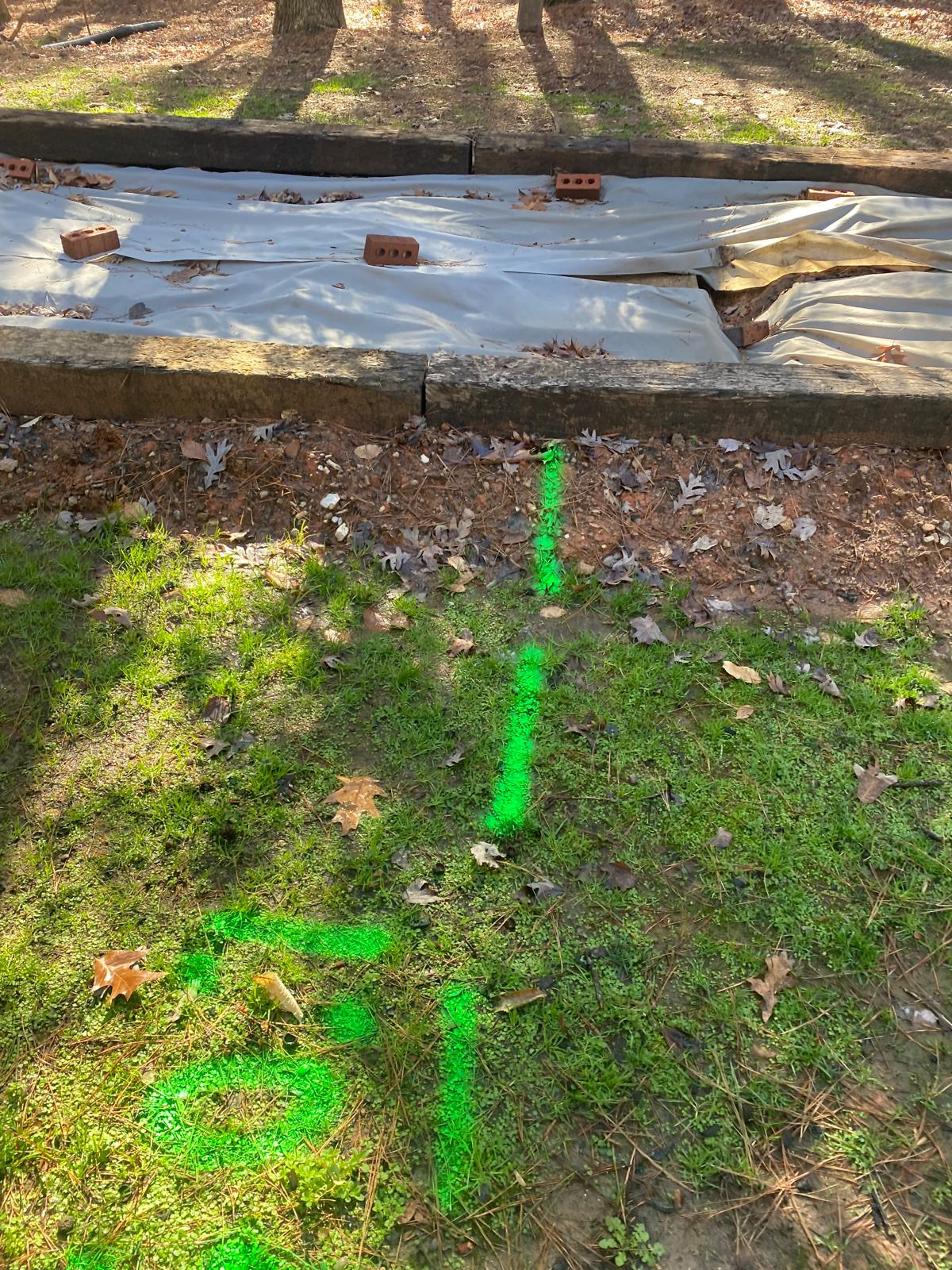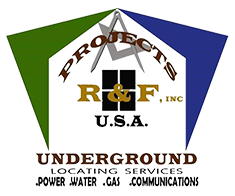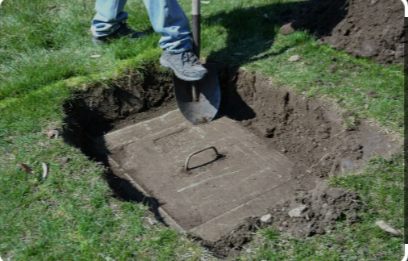Many homeowners when they buy their house do not know if it has a septic tank or if it is connected to the city’s collector pipe, it is essential to clarify that doubt, especially if what exists is a septic tank, since it requires maintenance, and it is vital to know exactly the location of the septic tank when carrying out any excavation project that requires the construction of swimming pools, construction of an annex, construction of fences and even planting a tree.

1. Where is my septic tank located?
One of the most common concerns of homeowners is to know where the septic tank of their house is located, especially when they need to build a new construction, an annex, a swimming pool, a barbecue area or any project that requires excavation.
There are many empirical techniques that can help you locate the septic tank, but their margin of error is greater than 50%, so the normal location of the septic tank should be between 10 and 25 feet from the property of the house, which can be on the side or the back of the house. To avoid getting into the 50% error, our company has equipment and professional locators to help you find the exact location, please contact us at (844) 756-2286
There are also counties with septic tank location records. In this county link you can request the septic tank location map yourself.
Johnston County North Carolina
https://johnstonnc.com/envhealth/content.cfm?pd=septic
2. What treatment is required for a septic tank?
Using things like antibacterial soaps, harsh detergents, or even fabric softener can kill beneficial bacteria needed to break down solids. Therefore, it’s best to use a monthly bacteria additive to ensure the enzyme producing bacteria are alive and active.
Normal septic tank maintenance requires routine pumping every 3-5 years, however it’s easy to accumulate excess solid waste a lot sooner. Using things like antibacterial soaps, harsh detergents, or even fabric softener can kill beneficial bacteria needed to break down solids. Therefore, it’s best to use a monthly bacteria additive to ensure the enzyme producing bacteria are alive and active.
One of the most used and recommended products is Green Gobbler Septic Tank Treatment Packs.
3. How to clean the septic tank?
For the execution of this work, a licensed professional and permits are required, as follows are the activities to be carried out:
I. Locate Tank, if you don’t have the exact location we can help you, contact us.
II. Uncover the Tank
III. Determine the Sludge Depth
IV. Clean the Baffle Filter
V. Use a Pump for Sludge
VI. Remove Clogs with a Rake
VII. Close the Tank
4. The benefits of regular septic tank maintenance include:
- Avoiding costly repairs
- Avoiding clogs and sewage leaks
- Extending the life of your septic system
- Protecting the environment and public health
- Complying with local regulations and ordinances.
- Don’t wait until you experience a septic system problem: contact us today to schedule a professional septic tank cleaning for your residential or commercial property.
5. How should a septic tank be designed?
H 501.0 Septic tank construction
- Septic tanks should be made of impervious and durable materials that are resistant to deterioration and corrosion.
- They must have at least two compartments, with the inlet compartment being at least 500 gallons, 3 feet wide and 5 feet long.
- The liquid depth should be between 2.5 and 6 feet.
ICC Digital Codes, SECTION 802.1 General
- Septic tanks must be made of monolithic concrete, welded steel, fiberglass or an approved material.
- They should be watertight, designed to withstand the intended loads, and fabricated as a single structure.
- Designs for prefabricated septic tanks must be approved and plans for cast-in-place concrete tanks must be approved prior to construction.
Idaho Department of Environmental Quality
- The Technical Guidance Manual for Individual and Subsurface Sewage Disposal Systems (TGM) provides guidance on the design, construction, maintenance, operation, and repair of septic systems.
- Septic tanks should be placed on level ground, away from areas that flood or accumulate surface water.
- They should also have adequate ventilation and be away from steep slopes, dense tree roots, and other obstructions.
- Many states require septic tanks to be 5 to 10 feet away from the toilet.
6. Conclusion & Recommendation
The location of the septic tank is essential for the homeowner, as he will have the foresight not to dig near it for any project or place any load that may affect the infrastructure of it. Contact us, for us to locate your septic tank.
Regular septic tank maintenance is essential for the proper functioning of your septic system and to avoid costly repairs or replacements.

